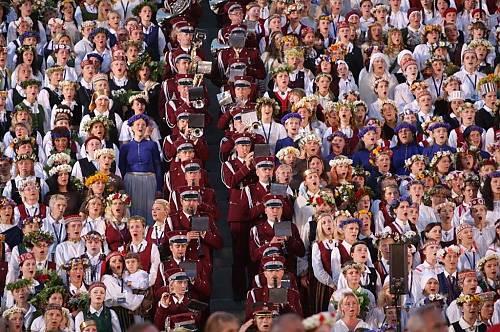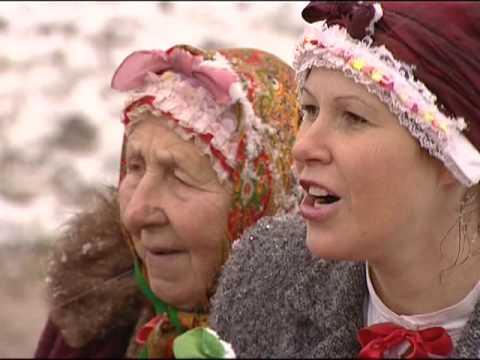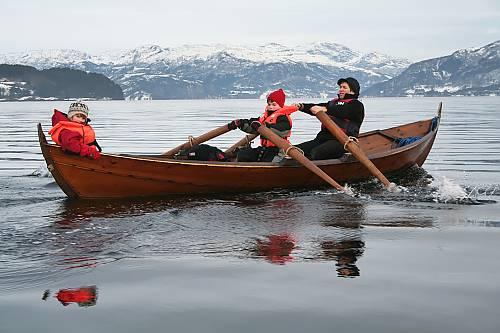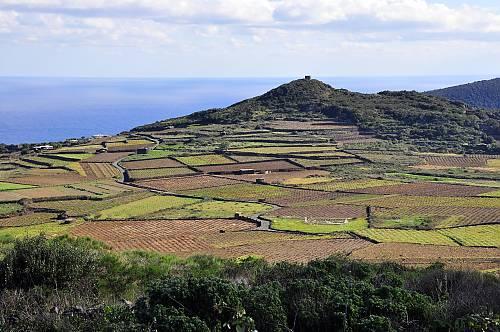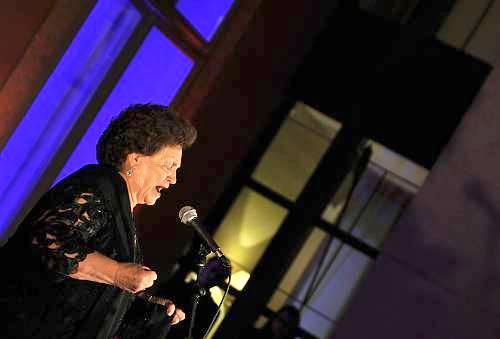Latvia, with Estonia in the North, Lithuania in the South, and the Baltic Sea with its Gulf of Riga to the West and Russia in the East, is a large, fertile lowland located in northeastern Europe. The capital, Riga, once part of the Hanseatic League, remains a beautiful city.
Most Latvians are Letts and Latgalians, Baltic groups akin to the Slavs. Their celebrations in song and dance have been listed as special UNESCO cultural assets that should be saved.
Baltic Song and Dance
Baltic song and dance celebrations, listed along with Estonia and Lithuania, are “a showcase for the region’s tradition of performing folk art.” The events are held on a grand scale every few years and in Latvia were first organized in 1873. When the Baltic States gained freedom from Russia after the First World War, the celebrations gained widespread popularity as a way of “asserting Baltic cultural identity.”
In the three countries, special venues and festival sites were built to host the events. As many as 40,000 singers and dancers take part, most belonging to amateur choirs and dance groups. After the incorporation of the Baltic States into the Soviet Union at the end of the Second World War, the celebrations adapted to the communist ideology of the times. After gaining independence in 1991, however, Latvia, along with Estonia and Lithuania, has taken special measures to ensure the protection of its age-old traditions.
